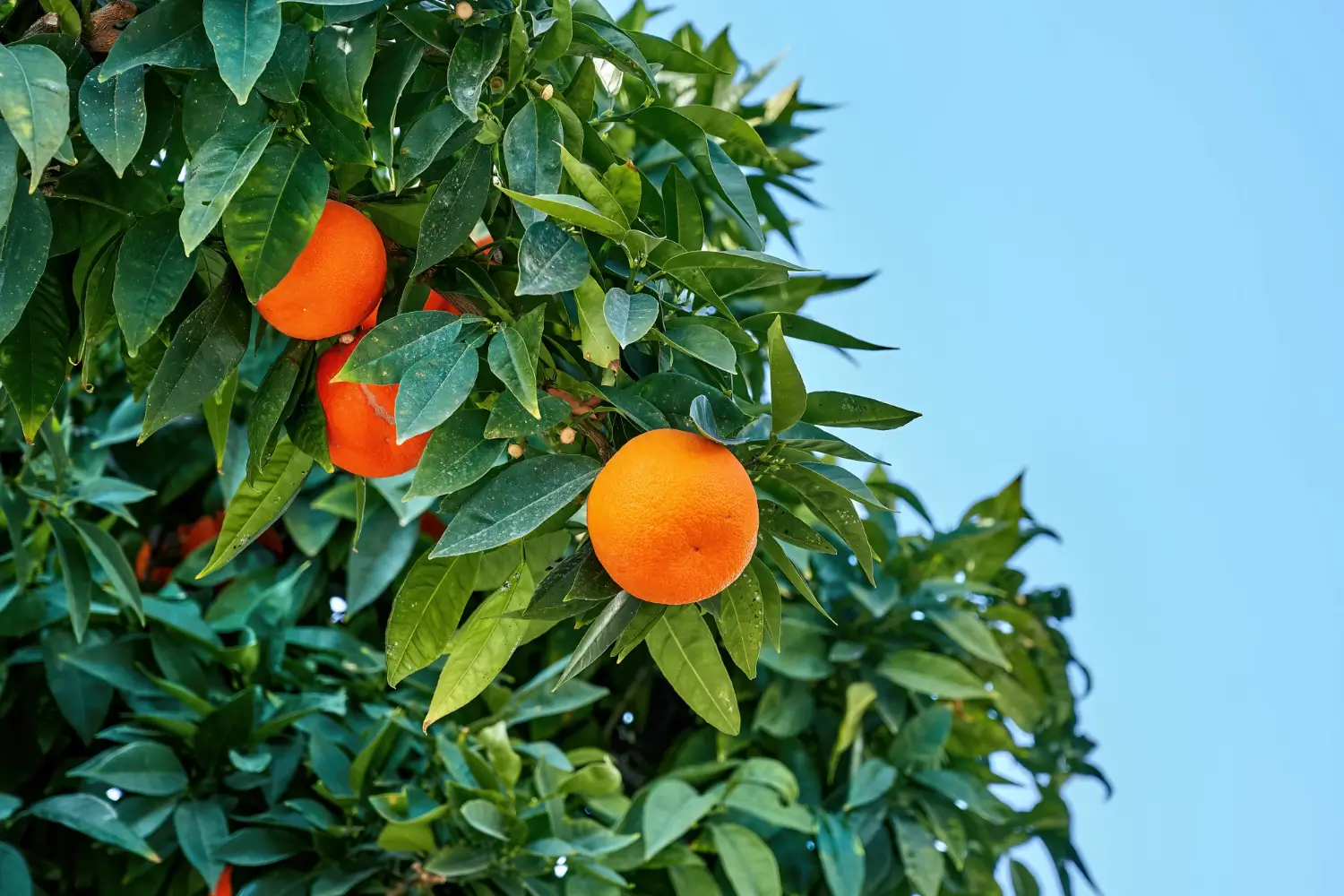
Soil Health & Fertilization
We unite suppliers and green industry professionals worldwide
Ximenia is a shrubby, spiny survivor with delicate blooms and tart, aromatic fruit. Also called “wild plum” or “sea lemon,” this deciduous shrub is valued for its edible fruit, ecological value and unexpectedly drought hardiness.
By Mariam Scott
|Published on June 22, 2025
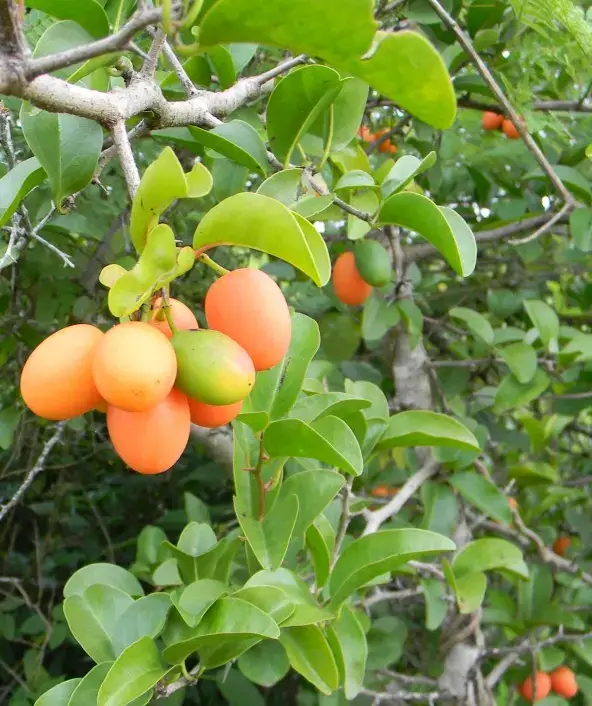

Have you ever brushed past a shrub so rugged yet so unexpectedly fruitful, it felt like a secret of the savannah?
Ximenia is that plant — a shrubby, spiny survivor with delicate blooms and tart, aromatic fruit. Native to tropical and subtropical Africa, Australia and the Americas, Ximenia (usually, Ximenia americana) is a tree that does well in hot, arid regions where other fruiting plants barely survive. Also called “wild plum” or “sea lemon,” this deciduous shrub is valued for its edible fruit, ecological value and unexpectedly drought hardiness.
With its silvery leaves, fragrant flowers, and distinctive oval fruits, Ximenia tells you with its charm that there is more than what meets the eye! It’s a plant rich in traditional uses, from food to medicine to skin-care oils. But even in ornamental settings, it earns its keep: low-maintenance, striking in form, and buzzing with pollinators in bloom.
Not your average back-yard fruit shrub, Ximenia is one for the gardener who yearns for beauty, utility, and a connection to the wild edges of the world. It may grow a bit unruly, but it brings with it a sense of rugged abundance, and, with time, a harvest that’s worth the wait.
| Common Names | Ximenia, Wild plum, Sea lemon, Tallow wood |
| Botanical Names | Ximenia americana (also Ximenia caffra, depending on region) |
| Type | Small tree or deciduous shrub |
| Height | 6–15 feet tall and wide |
| Sunlight Requirements | Full sun to light shade |
| Soil Needs | Well-draining, sandy or loamy soil |
| Watering Needs | Drought-tolerant once established |
| Hardiness Zones | 9–11 (USDA equivalent) |
| Bloom Time | Spring to early summer |

September 25, 2025
9 minute read
September 24, 2025
9 minute read
September 23, 2025
10 minute read
September 22, 2025
9 minute read


Join as a seller and connect with thousands of B2B buyers nationwide!
Sign Up
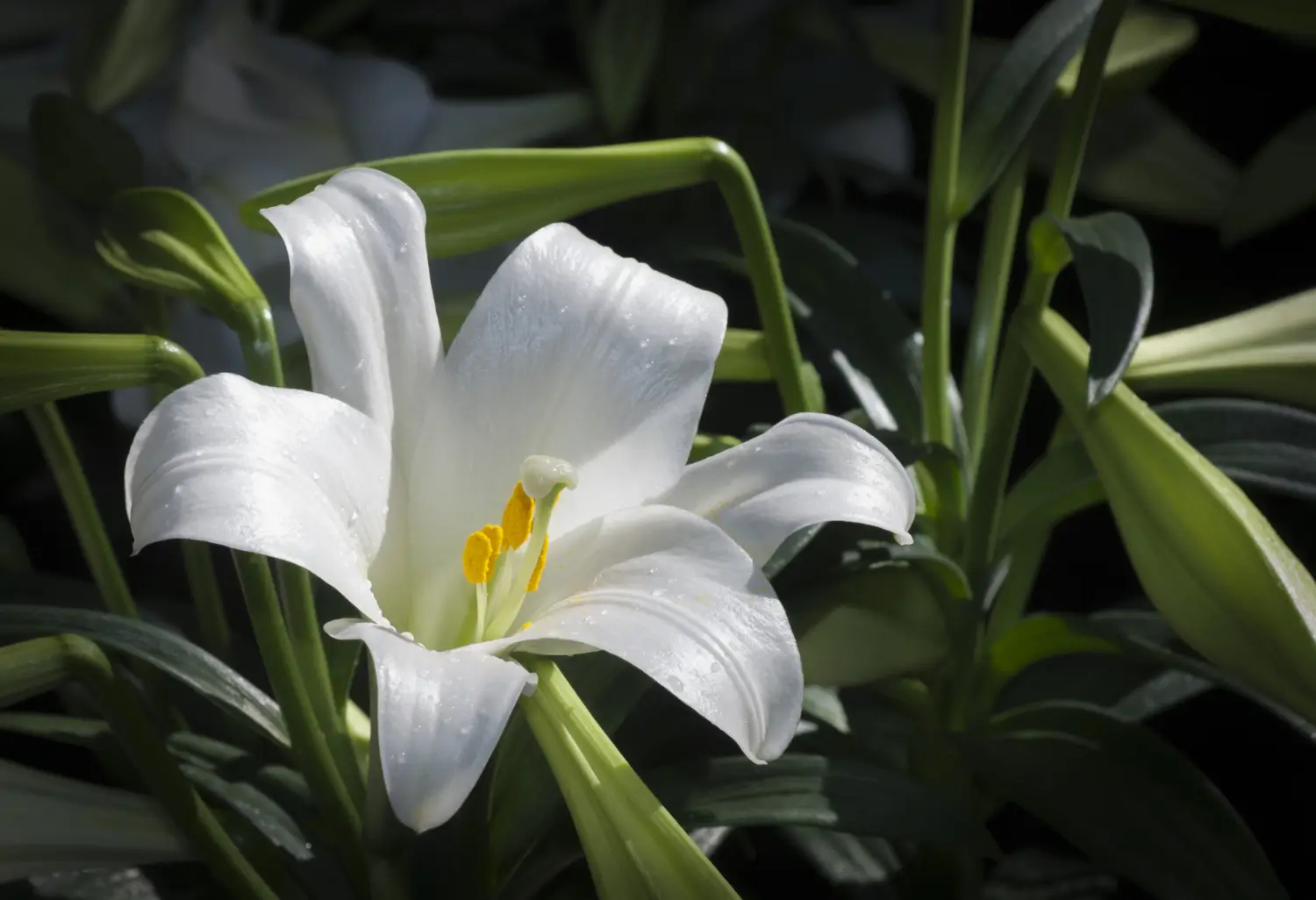
Easter Lily
With little effort, the Easter Lily produces its spectacular display of trumpet-shaped white flowers that bloom in time for Easter.

Easter Cactus
The Easter Cactus (Rhipsalidopsis gaertneri) is here to challenge every stereotype. This tropical beauty isn’t about blistering heat and endless droughts—it's a rainforest native that thrives in humidity, shade, and well-timed neglect
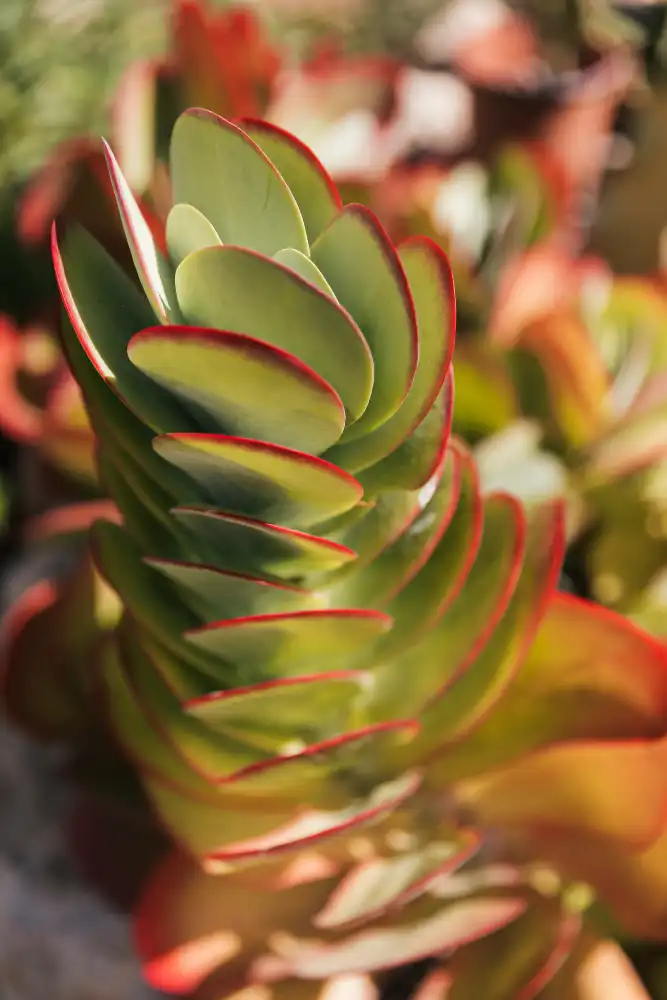
Paddle Plant
The Paddle Plant (Kalanchoe thyrsiflora or Kalanchoe luciae) is sculpture as much as it is succulent. This dramatic plant, with its large, round, paddle-shaped leaves tinged with red edges, adds a bold, architectural presence to any garden or indoor space
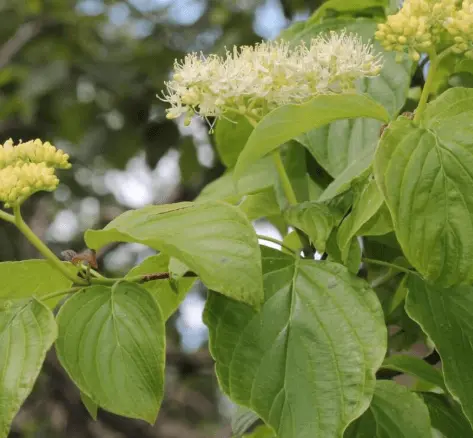
Pagoda Dogwood
The Pagoda Dogwood (Cornus alternifolia), a small tree or large shrub that lives up to its name with a branching habit that mimics the layered rooflines of a pagoda. It has four-season appeal:
Ximenia is a survivor. It has a graceful way of handling heat, drought and poor soil—qualities that make it a great plant for xeriscaping, hedgerows, or food forests in regions with hot summers. It grows quickly, often forming a dense thicket, and can be pruned into a small tree or allowed to sprawl naturally. While it thrives with little attention, it does best with occasional deep water and some shaping-pruning.
This is not a delicate or ornamental diva — it’s a helpful, adaptable plant with a rustic beauty and genuine ecological value. It may not produce a heavy crop every year, but when it does, your reward is a special, aromatic drupes that can be used fresh, fermented, or processed for oil.
Ximenia enjoys full sun, which will help to develop the strongest growth and best fruit production. In really hot areas, it will take some light afternoon shade, although flowering and fruiting can be diminished if it is too shady.
For best results, grow it in full sun, where it will receive at least six hours of direct sunlight each day.
Ximenia grows best in sandy or loamy, well-drained soil. It is highly adaptable to nutrient-poor conditions and does not require fertilization in most settings. In fact, overly rich soil can lead to excessive vegetative growth at the expense of fruit production.
It is tolerant of slightly acidic to alkaline soils, as long as that they are well-drained. Heavy clay soils should be amended with either coarse sand or organic matter to avoid waterlogging. Once established, it rarely suffers from nutrient deficiencies or root diseases in the right substrate.
During establishment, Ximenia appreciates an occasional deep watering. After the first year or so, it becomes very drought-tolerant and needs little additional water, relying on natural rainfall in most climates where it is grown.
Overwatering may cause root problems or a lack of blooms, so leave the soil dry out between waterings. In prolonged dry periods or during flowering and fruiting stages, occasional supplemental watering can boost yield and vigor.
Ximenia requires very little pruning, though a bit of shaping and trimming is useful to limit size and increase air circulation. Prune in early spring and avoid cutting into old wood.
It can be propagated by seed or cuttings, but seeds are more reliable. Fresh seeds germinate best in warm, well-drained conditions.
Seeds:
Cuttings:
While Ximenia prefers open ground, you can keep it in pretty large containers for a couple of years.
Note that Ximenia develops a deep taproot, which may eventually limit its suitability for long-term pot culture.
Ximenia is sensitive to frost and suitable for warm places. In regions where temperatures drop below freezing, it should be grown in containers and brought indoors or into a protected greenhouse during cold spells.
Mature plants may survive light frosts, especially in sheltered locations, but young specimens are more vulnerable. In marginal areas, mulching heavily around the base can protect the roots; plants can also be wrapped or covered on particularly frosty nights.
Consistent exposure to cold will reduce vigor and can lead to dieback. If overwintering indoors, place the container in a sunny, cool spot and reduce watering significantly. The plant might lose a few leaves, but will re-grow when temperatures turn warm in spring.
The small, fragrant, flowers on Ximenia are pale yellow to white, appearing before or with the arrival of the spring. These blooms are nectar-filled and are attracted by bees and butterflies.
The fruit follows several weeks later, ripening to an orange-yellow or red drupe. Although quite sour and astringent when fresh, the fruit is often made into juice, jam, or fermented products. The seed inside contains oil that is used in cosmetics and traditional medicine.
Blooming and fruiting may vary from year to year depending on rainfall, temperature, and pruning habits, but mature plants are generally dependable producers once settled.
Ximenia is a hardy plant and is relatively problem-free if grown in the right conditions. The most common problems are coming from overwatering and cold exposure.
Tough, versatile and full of character, Ximenia is a plant that rewards both curiosity and patience. Whether you’re intrigued by its edible fruit, its cultural history, or its resilience in harsh climates, this underappreciated shrub has something for everyone.
For gardeners who appreciate drought tolerance, wildlife enticement and understated beauty, Ximenia is a wild gem worth discovering.
Yes, but it can be tart and a little astringent uncooked. It's more commonly used in juices, preserves, or traditional fermentation.
Plants usually start fruiting in 3–5 years from seed, depending on conditions.
Only with winter protection or as a container plant. It does not tolerate prolonged frost.
No. Ximenia is usually self-fertile but may fruit more abundantly when more than one plant is nearby to encourage cross-pollination.

Soil Health & Fertilization
Victor Miller
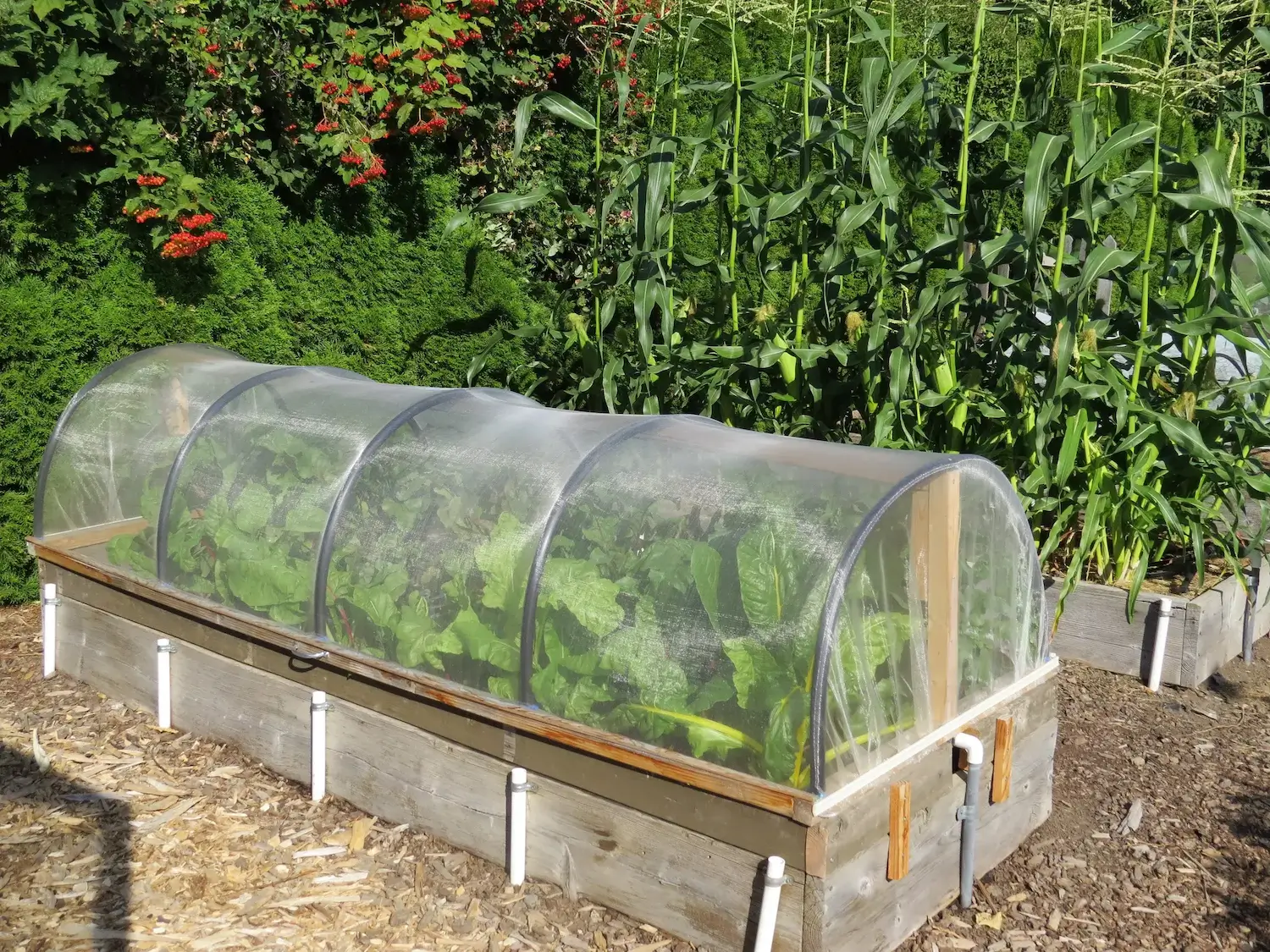
Pest Identification & Prevention
Victor Miller
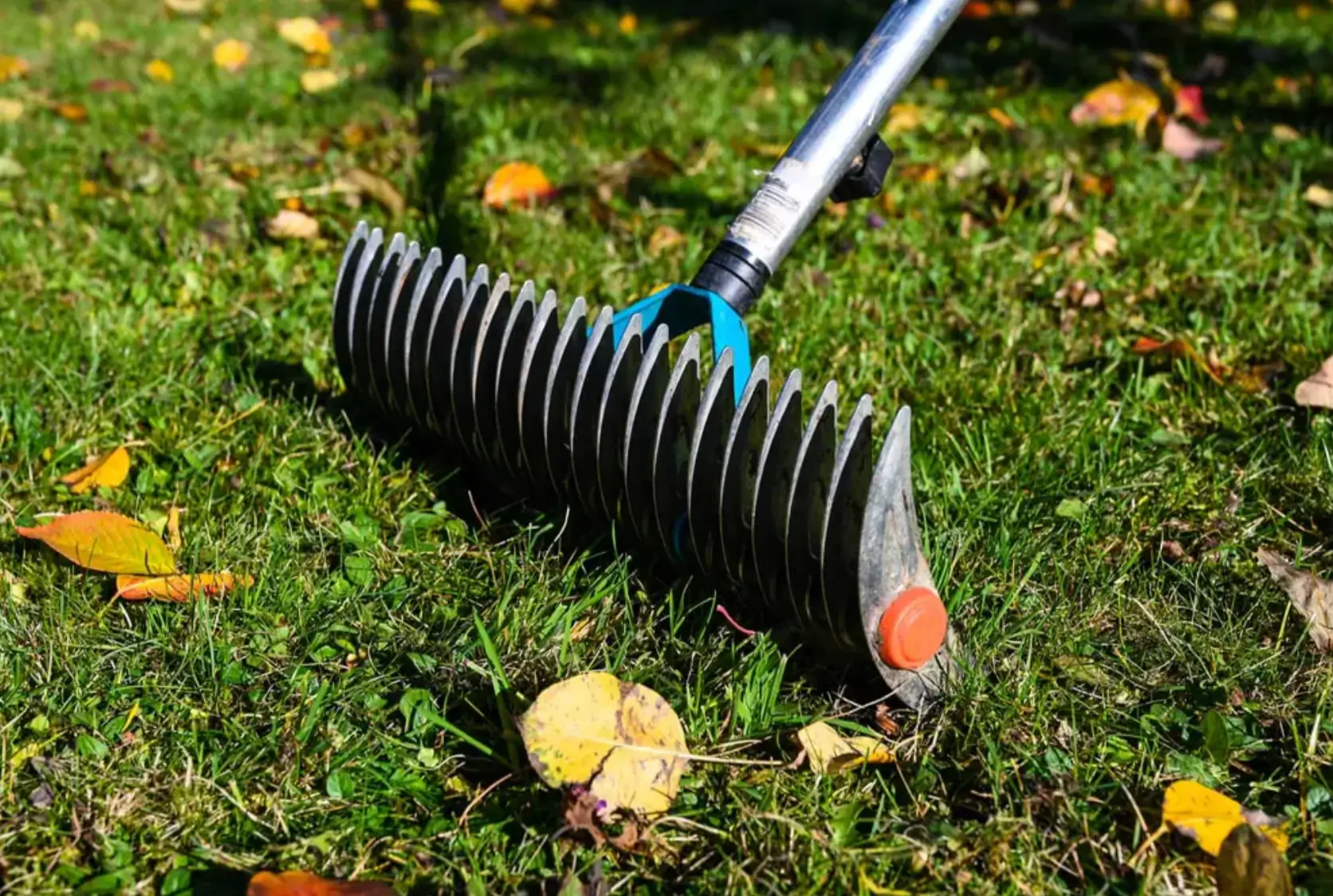
Lawn Care Tips & Maintenance
Victor Miller
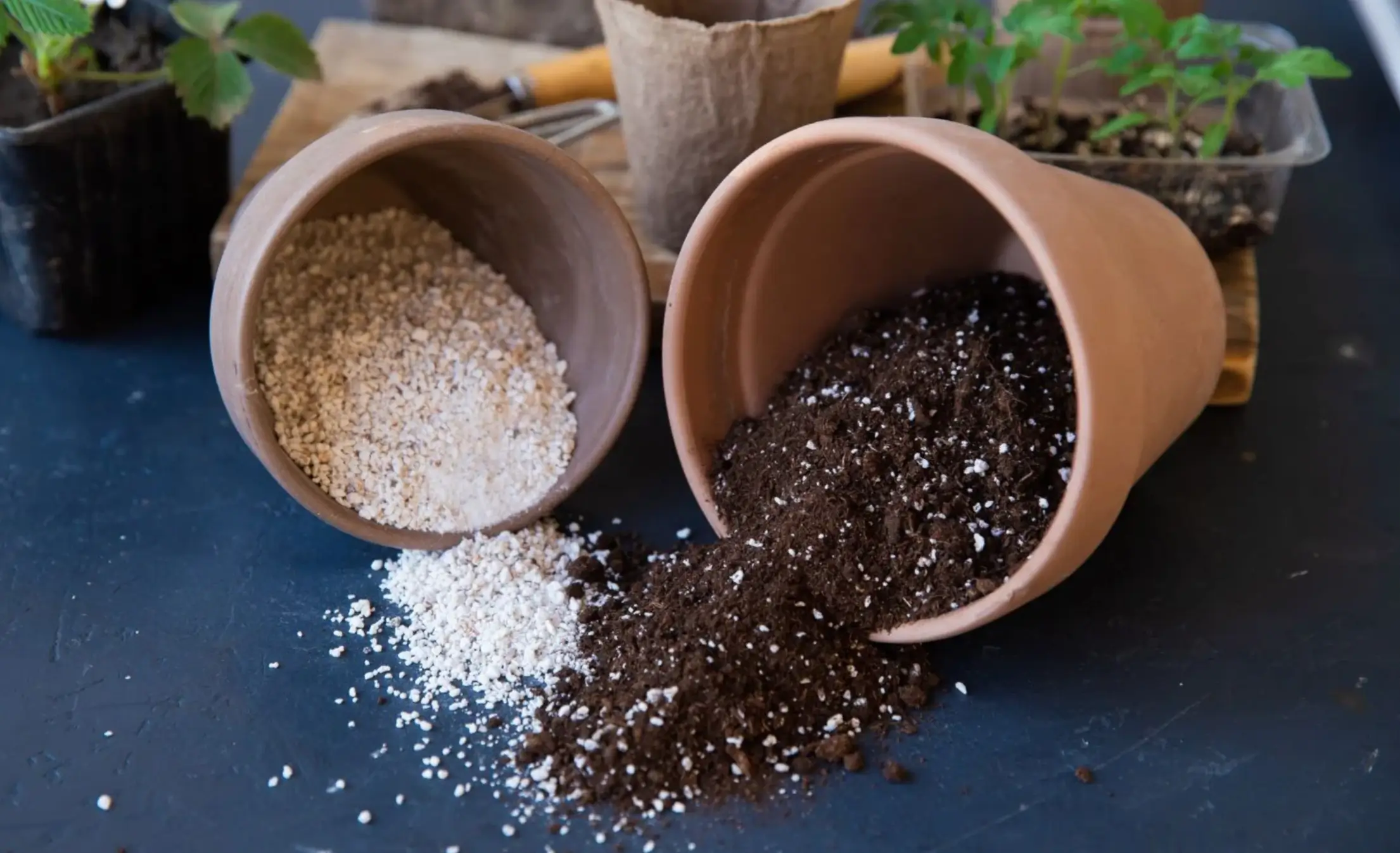
Soil Health & Fertilization
Victor Miller

Smart Irrigation Systems
Victor Miller

Patios, Walkways & Driveways
Victor Miller
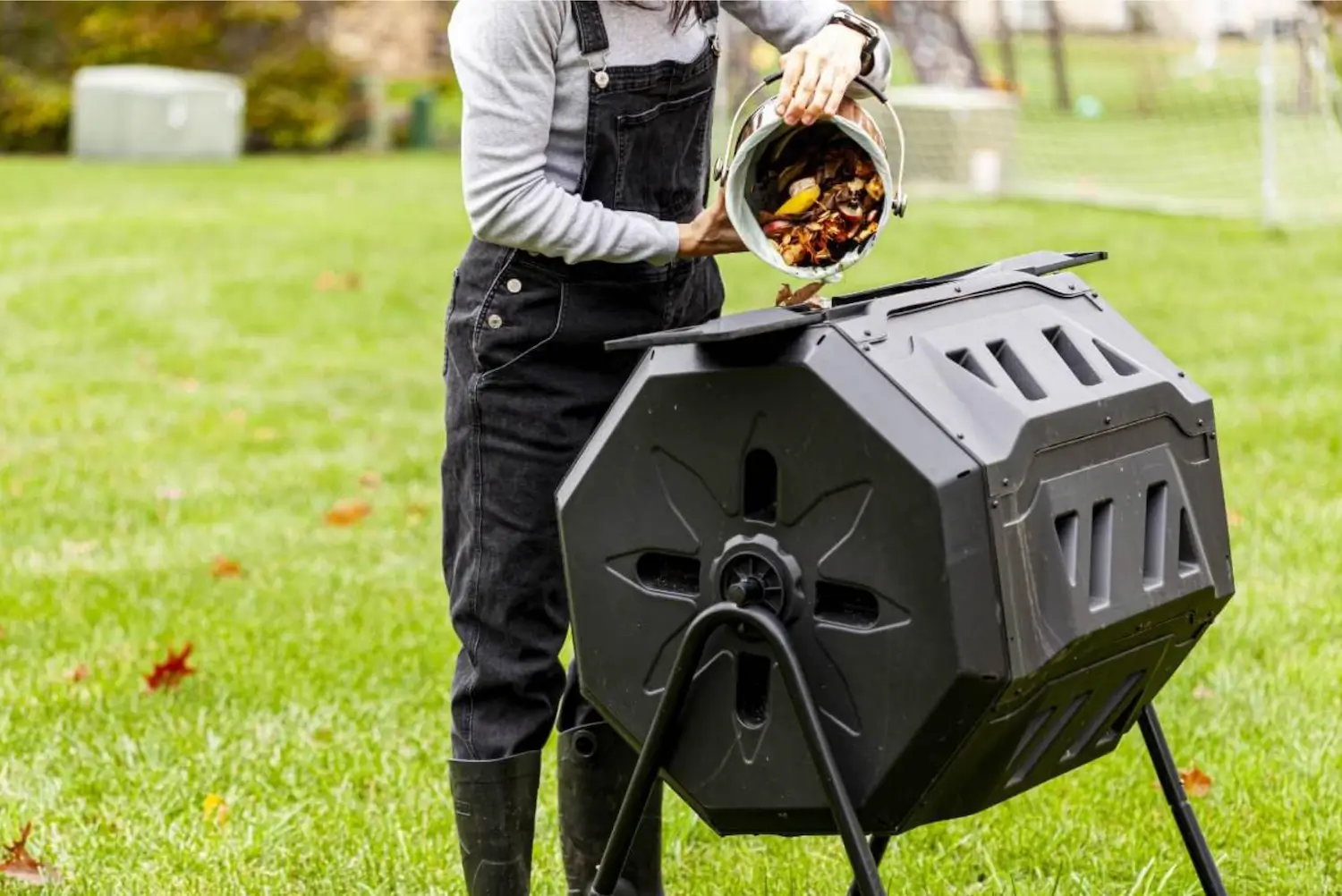
Soil Health & Fertilization
Victor Miller
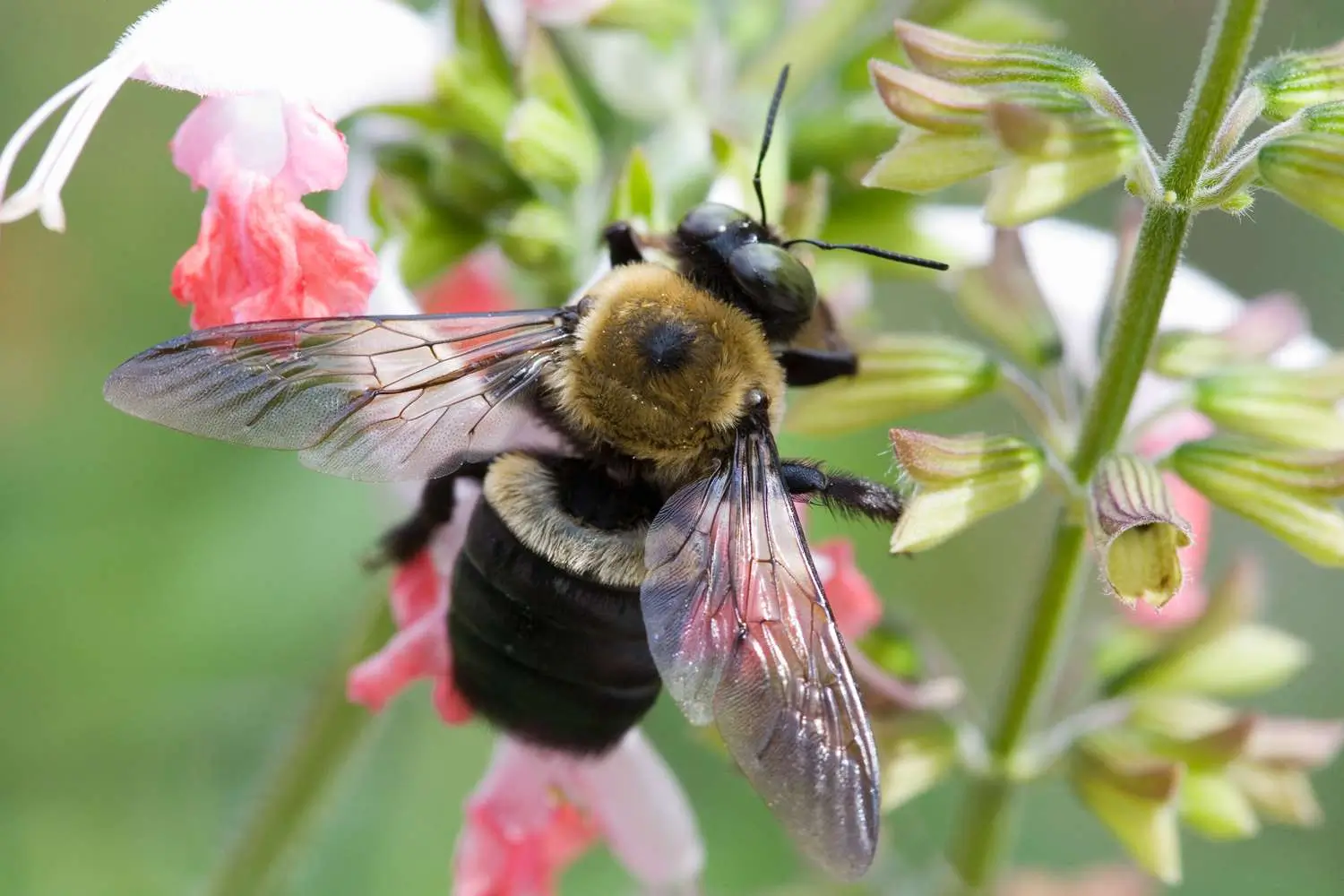
Pest Identification & Prevention
Victor Miller
My Account
Our team is always here to help.
We are open Monday - Friday, 9:00 AM to 4:30 PM PST.